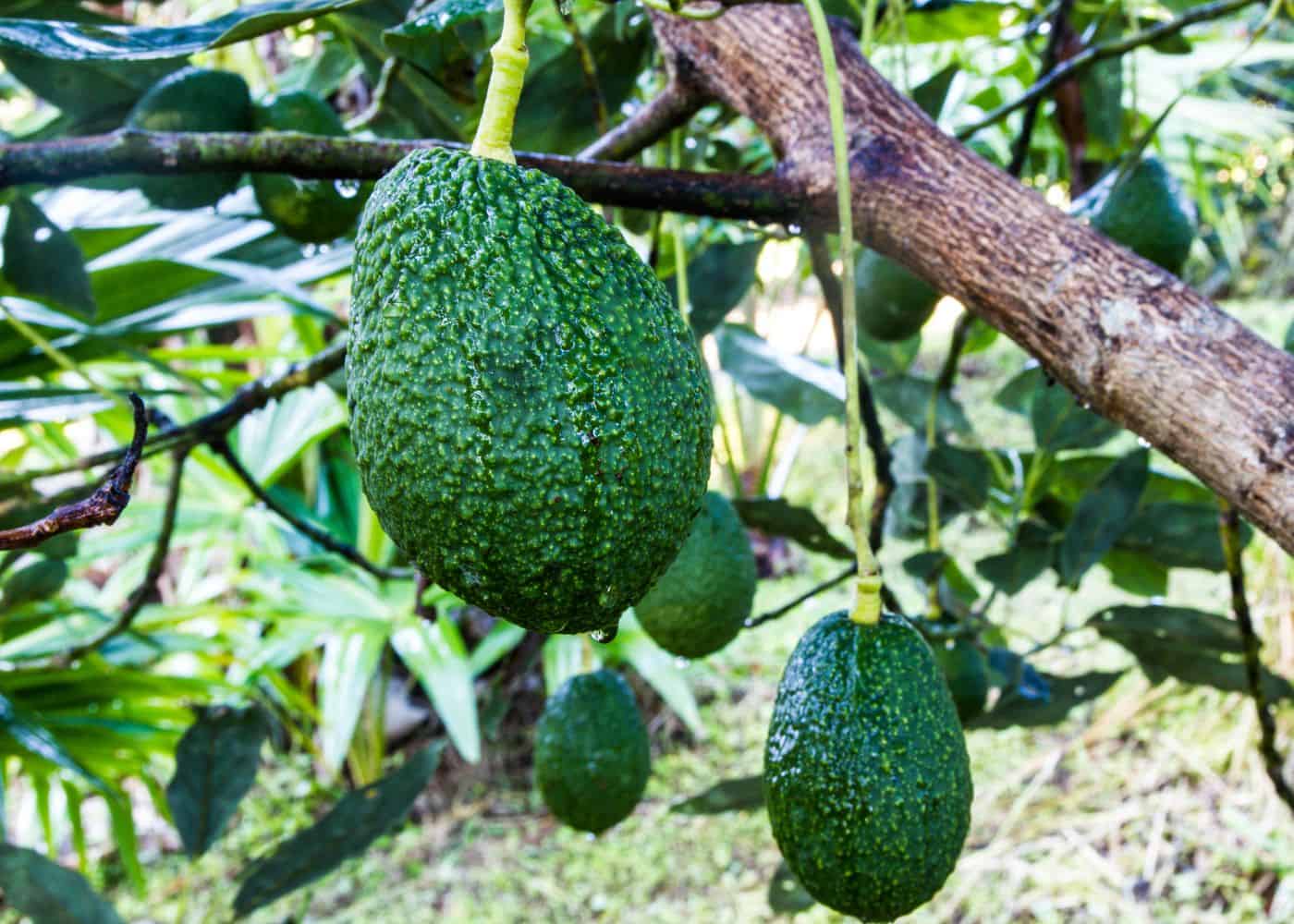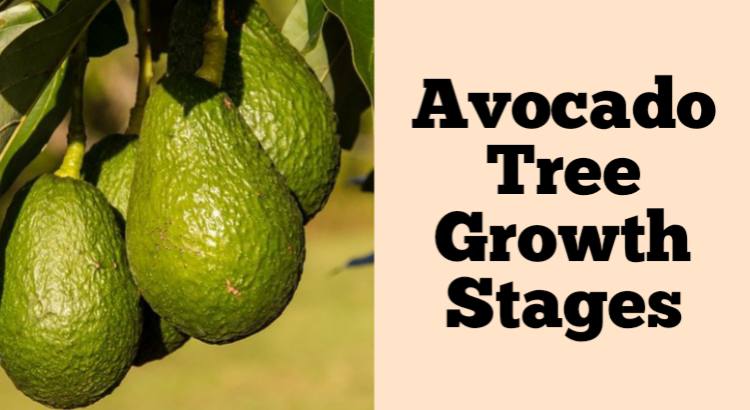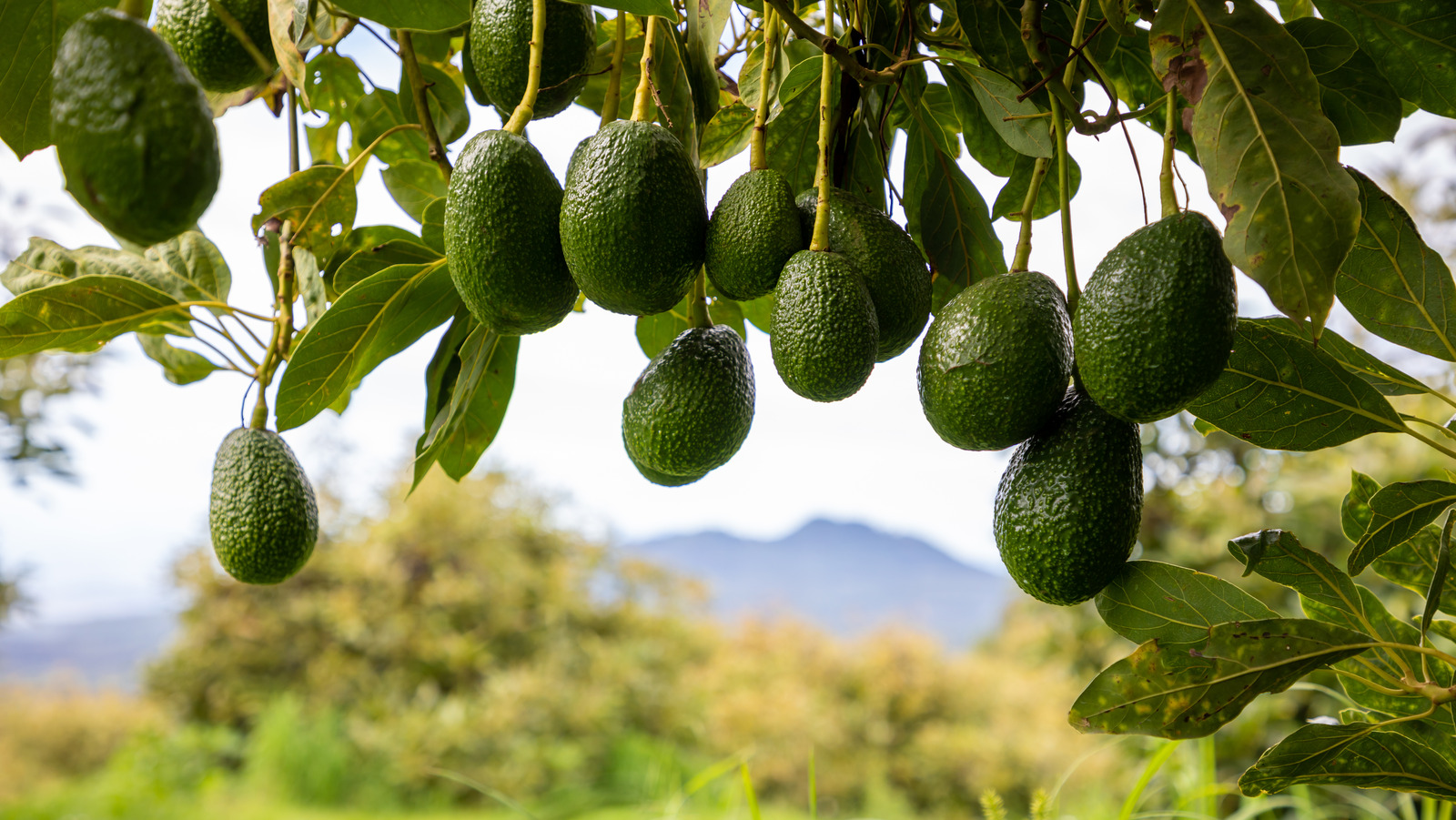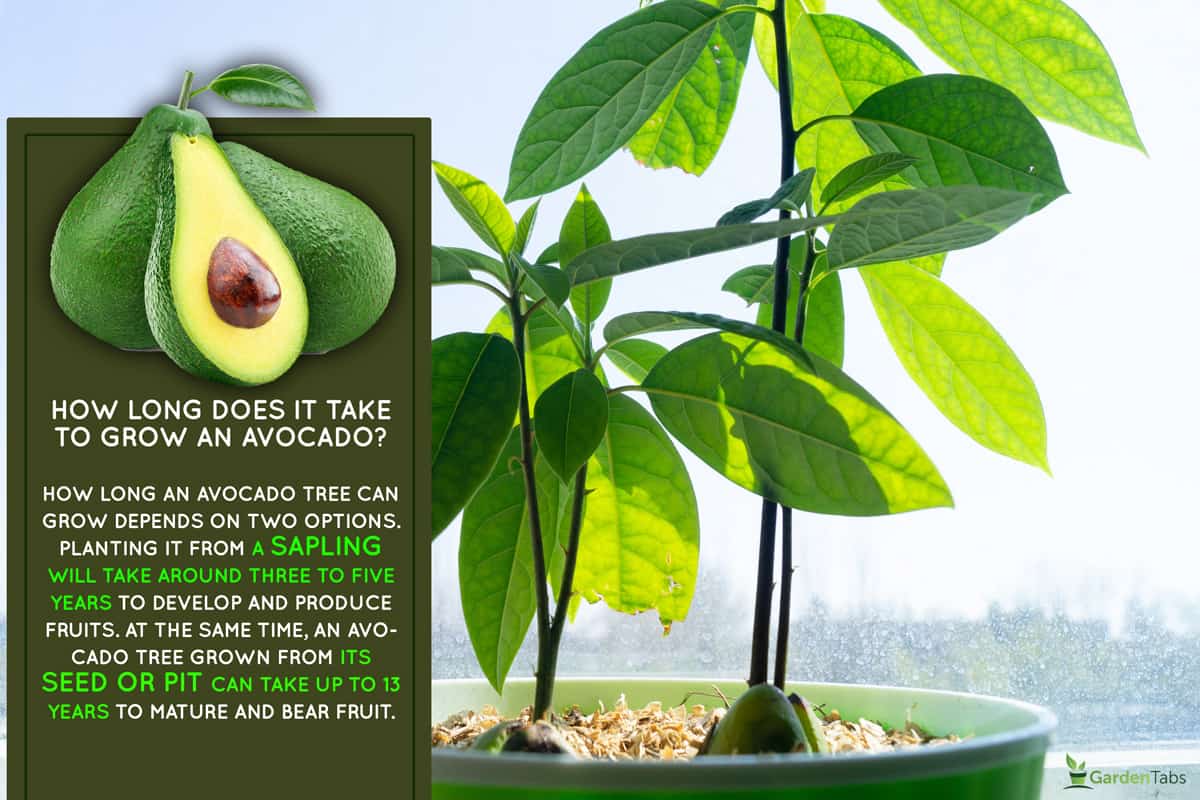Understanding the Factors that Influence Fruit Production
When it comes to growing an avocado tree, one of the most common questions is how long it takes for the tree to produce fruit. The answer to this question depends on several factors, including climate, soil quality, watering, and pruning. These factors can significantly impact the tree’s growth rate and fruiting ability, making it essential to understand their effects.
Climate plays a crucial role in avocado tree growth and fruit production. Avocado trees thrive in mild, subtropical climates with average temperatures between 64°F and 79°F (18°C and 26°C). Temperatures above 85°F (30°C) can lead to sunburn, while temperatures below 55°F (13°C) can cause damage to the tree. In areas with extreme temperatures, it may take longer for the tree to produce fruit.
Soil quality is another critical factor in avocado tree growth. Avocado trees prefer well-draining soil with a pH between 6 and 7. Soil that is too dense or has poor drainage can lead to root rot, which can significantly impact fruit production. Regular pruning can help maintain soil health and promote healthy growth.
Watering is also essential for avocado tree growth. Avocado trees require consistent moisture, especially when they’re young. However, overwatering can lead to root rot and other problems. It’s essential to find the right balance and adjust watering schedules according to weather conditions.
Pruning is another critical factor in avocado tree growth and fruit production. Regular pruning can help maintain the tree’s shape, promote healthy growth, and increase fruit production. Pruning can also help remove diseased or damaged branches, which can impact fruit production.
By understanding these factors and how they impact avocado tree growth and fruit production, you can take steps to optimize conditions for your tree. This may involve adjusting your watering schedule, pruning regularly, or providing protection from extreme temperatures. By doing so, you can help your avocado tree thrive and produce fruit in the shortest time possible.
While the exact time it takes for an avocado tree to produce fruit can vary depending on these factors, most avocado trees take around 3 to 5 years to produce fruit after planting. However, some dwarf varieties can produce fruit within 1 to 2 years. With proper care and attention, you can enjoy a bountiful harvest of delicious avocados from your tree.
How to Create an Optimal Environment for Avocado Tree Growth
Creating an optimal environment for avocado tree growth is crucial for promoting healthy development and fruit production. By providing the right conditions, you can help your avocado tree thrive and produce fruit in the shortest time possible.
Choosing the right variety is the first step in creating an optimal environment for avocado tree growth. With over 500 varieties to choose from, selecting a variety that is well-suited to your climate and growing conditions is essential. Some popular varieties for home growers include ‘Hass’, ‘Fuerte’, and ‘Bacon’. These varieties are known for their high yields and tolerance to a range of growing conditions.
Planting in well-draining soil is also critical for avocado tree growth. Avocado trees prefer soil with a pH between 6 and 7, and can tolerate a range of soil types. However, soil that is too dense or has poor drainage can lead to root rot and other problems. Adding organic matter such as compost or manure can help improve soil structure and fertility.
Providing adequate sunlight and water is also essential for avocado tree growth. Avocado trees prefer full sun to partial shade, and require consistent moisture, especially when they’re young. However, overwatering can lead to root rot and other problems. It’s essential to find the right balance and adjust watering schedules according to weather conditions.
In addition to these conditions, providing support and protection for your avocado tree can also help promote healthy growth and fruit production. This can include providing a trellis or stake for support, and protecting the tree from extreme temperatures, pests, and diseases.
By creating an optimal environment for avocado tree growth, you can help promote healthy development and fruit production. This can include providing the right variety, planting in well-draining soil, and providing adequate sunlight and water. With proper care and attention, you can enjoy a bountiful harvest of delicious avocados from your tree.
It’s worth noting that the time it takes for an avocado tree to produce fruit can vary depending on the variety and growing conditions. However, with proper care and attention, most avocado trees can produce fruit within 3 to 5 years after planting. By following these tips and creating an optimal environment for your avocado tree, you can help promote healthy growth and fruit production, and enjoy a delicious harvest of avocados for years to come.
The Role of Grafting in Avocado Tree Fruit Production
Grafting is a horticultural technique that involves joining a piece of a stem (called a scion) from one avocado tree onto the root system of another avocado tree (called a rootstock). This technique has been widely used in avocado cultivation for many years, and it plays a crucial role in improving fruit quality and increasing yields.
The benefits of grafting an avocado tree are numerous. For one, grafting allows farmers to combine the desirable traits of different avocado varieties, such as improved fruit quality, increased yields, and enhanced disease resistance. Grafting also enables farmers to propagate avocado trees more quickly and efficiently, which can help to meet the growing demand for avocados.
The process of grafting an avocado tree involves several steps. First, a scion is selected from a mature avocado tree that has the desired traits. The scion is then cut from the tree, and a small section of the stem is removed to create a grafting site. The rootstock is then prepared by making a small incision in the bark, and the scion is inserted into the incision. The graft is then wrapped with tape or a grafting clip to hold it in place.
After the graft has been made, the tree is placed in a warm, humid environment to promote healing. It can take several weeks for the graft to heal, and during this time, the tree should be kept in a shaded area to prevent stress. Once the graft has healed, the tree can be transplanted into a larger container or directly into the field.
Grafting can have a significant impact on the time it takes for an avocado tree to produce fruit. Grafted trees can produce fruit within 2-3 years after planting, compared to 5-7 years for non-grafted trees. This is because grafted trees have a more developed root system, which allows them to absorb nutrients and water more efficiently.
In addition to improving fruit production, grafting can also help to increase the overall health and vigor of the tree. By combining the desirable traits of different avocado varieties, farmers can create trees that are more resistant to disease and pests, and that can thrive in a wider range of environments.
Overall, grafting is a powerful tool for improving avocado tree fruit production. By understanding the benefits and process of grafting, farmers and gardeners can unlock the full potential of their avocado trees and enjoy a bountiful harvest of delicious avocados.
Avocado Tree Growth Stages: What to Expect
Avocado trees go through several growth stages, from seedling to maturity. Understanding these stages can help you provide the best care for your tree and optimize its growth and fruit production.
The first stage of an avocado tree’s growth is the seedling stage, which typically lasts for 1-2 years. During this stage, the tree develops its root system and grows its first set of leaves. It’s essential to provide the seedling with adequate water, nutrients, and sunlight to promote healthy growth.
After the seedling stage, the tree enters the sapling stage, which can last for 2-5 years. During this stage, the tree continues to develop its root system and grows taller, producing more leaves and branches. It’s crucial to prune the tree regularly to promote a strong, central leader and a well-shaped canopy.
The next stage is the maturation stage, which can last for 5-10 years. During this stage, the tree reaches its full height and produces flowers and fruit. It’s essential to provide the tree with adequate nutrients, water, and pruning to promote healthy fruit production.
Finally, the tree enters the production stage, which can last for 10-20 years or more. During this stage, the tree produces fruit regularly, and it’s essential to continue providing the tree with adequate care, including pruning, fertilization, and pest management.
It’s worth noting that the growth stages of an avocado tree can vary depending on factors such as climate, soil quality, and variety. However, by understanding the general growth stages of an avocado tree, you can provide the best care for your tree and optimize its growth and fruit production.
In terms of how long it takes for an avocado tree to fruit, it can vary depending on the variety and growing conditions. However, most avocado trees take around 3-5 years to produce fruit after planting, and some varieties can take up to 10 years or more. By providing the tree with adequate care and optimizing its growth, you can help promote early fruit production and enjoy a bountiful harvest of delicious avocados.
By understanding the growth stages of an avocado tree, you can provide the best care for your tree and optimize its growth and fruit production. Whether you’re a seasoned gardener or just starting out, with the right care and attention, you can enjoy a thriving and productive avocado tree for years to come.
How Long Does it Take for an Avocado Tree to Fruit?
The time it takes for an avocado tree to produce fruit can vary depending on several factors, including the variety, growing conditions, and care. Generally, avocado trees take around 3-5 years to produce fruit after planting, but some varieties can take up to 10 years or more.
The average timeframe for different varieties of avocado trees to produce fruit is as follows:
- ‘Hass’ avocado trees: 3-5 years
- ‘Fuerte’ avocado trees: 4-6 years
- ‘Bacon’ avocado trees: 5-7 years
It’s worth noting that these timeframes can vary depending on the specific growing conditions and care of the tree. Factors such as climate, soil quality, watering, and pruning can all impact the tree’s growth rate and fruiting ability.
To optimize conditions for early fruit production, it’s essential to provide the tree with adequate care, including:
- Planting in well-draining soil with a pH between 6 and 7
- Providing adequate sunlight and water
- Pruning regularly to promote a strong, central leader and a well-shaped canopy
- Fertilizing regularly to provide essential nutrients
By providing the right conditions and care, you can help promote healthy growth and fruit production in your avocado tree. With patience and proper care, you can enjoy a bountiful harvest of delicious avocados for years to come.
In addition to the factors mentioned above, grafting can also impact the time it takes for an avocado tree to produce fruit. Grafted trees can produce fruit within 2-3 years after planting, compared to 5-7 years for non-grafted trees. This is because grafted trees have a more developed root system, which allows them to absorb nutrients and water more efficiently.
Overall, the time it takes for an avocado tree to produce fruit can vary depending on several factors. However, by providing the right conditions and care, you can help promote healthy growth and fruit production, and enjoy a bountiful harvest of delicious avocados for years to come.
Common Challenges and Solutions for Avocado Tree Fruit Production
Avocado trees can be susceptible to various challenges that can impact fruit production. Some common challenges include pests, diseases, and nutrient deficiencies. In this section, we will discuss some of the most common challenges and provide solutions and tips on how to overcome them.
Pests:
- Aphids: These small, soft-bodied insects can cause curled or distorted leaves. Solution: Spray the tree with a mild insecticide or introduce natural predators such as ladybugs or lacewings.
- Whiteflies: These tiny insects can cause yellowing or stunted leaves. Solution: Use yellow sticky traps or spray the tree with a mild insecticide.
Diseases:
- Root rot: This fungal disease can cause the roots to rot, leading to a decline in fruit production. Solution: Improve drainage, avoid overwatering, and treat the tree with a fungicide.
- Leaf spot: This fungal disease can cause small, circular spots on the leaves. Solution: Remove infected leaves, improve air circulation, and treat the tree with a fungicide.
Nutrient deficiencies:
- Nitrogen deficiency: This can cause yellowing or stunted leaves. Solution: Fertilize the tree with a balanced fertilizer that contains nitrogen.
- Iron deficiency: This can cause yellowing or stunted leaves. Solution: Fertilize the tree with an iron-rich fertilizer.
Other challenges:
- Weather conditions: Extreme weather conditions such as frost, heat, or drought can impact fruit production. Solution: Provide protection from extreme weather conditions, such as covering the tree with a frost blanket or providing supplemental irrigation.
- Soil quality: Poor soil quality can impact fruit production. Solution: Test the soil regularly and amend it as necessary to ensure optimal nutrient levels.
By being aware of these common challenges and taking steps to prevent or overcome them, you can help promote healthy fruit production in your avocado tree. Regular monitoring and maintenance can go a long way in ensuring a bountiful harvest of delicious avocados.
In addition to these challenges, it’s also important to consider the impact of climate change on avocado tree fruit production. Rising temperatures and changing weather patterns can impact the tree’s growth and fruiting ability. By taking steps to mitigate the effects of climate change, such as using drought-tolerant varieties and providing supplemental irrigation, you can help ensure a healthy and productive avocado tree.
Maximizing Avocado Tree Yields: Tips and Tricks
Maximizing avocado tree yields requires a combination of proper care, pruning, fertilization, and pest management. By following these tips and tricks, you can help promote healthy growth and increase fruit production in your avocado tree.
Pruning Techniques:
- Prune your avocado tree regularly to maintain a strong, central leader and a well-shaped canopy.
- Remove any dead or diseased branches to prevent the spread of disease and encourage healthy growth.
- Thin out the fruit to allow for proper air circulation and sunlight penetration.
Fertilization Strategies:
- Fertilize your avocado tree regularly with a balanced fertilizer that contains nitrogen, phosphorus, and potassium.
- Soil test regularly to determine the nutrient levels in your soil and adjust your fertilization schedule accordingly.
- Consider using organic fertilizers such as compost or manure to promote healthy soil biota and reduce the risk of over-fertilization.
Pest Management Methods:
- Monitor your avocado tree regularly for signs of pests such as aphids, whiteflies, and spider mites.
- Use integrated pest management (IPM) techniques such as introducing natural predators, using physical barriers, and applying insecticidal soap or neem oil.
- Consider using biological control methods such as introducing beneficial insects or using microorganisms to control pests.
Other Tips and Tricks:
- Provide adequate water and nutrients to your avocado tree, especially during the fruiting stage.
- Mulch around the base of the tree to retain moisture, suppress weeds, and regulate soil temperature.
- Consider using a trellis or support system to help the tree grow upright and promote better fruiting.
By following these tips and tricks, you can help maximize the yields of your avocado tree and enjoy a bountiful harvest of delicious avocados. Remember to always monitor your tree’s health and adjust your care and management strategies accordingly to ensure optimal fruit production.
In addition to these tips and tricks, it’s also important to consider the impact of climate change on avocado tree yields. Rising temperatures and changing weather patterns can impact the tree’s growth and fruiting ability. By taking steps to mitigate the effects of climate change, such as using drought-tolerant varieties and providing supplemental irrigation, you can help ensure a healthy and productive avocado tree.
Conclusion: Unlocking the Full Potential of Your Avocado Tree
In conclusion, unlocking the full potential of your avocado tree requires a combination of proper care, patience, and attention to detail. By understanding the factors that influence fruit production, creating an optimal environment for growth, and using techniques such as grafting and pruning, you can help promote healthy growth and increase fruit production.
Remember, every avocado tree is unique, and what works for one tree may not work for another. By being aware of the common challenges that can impact fruit production and taking steps to overcome them, you can help ensure a healthy and productive avocado tree.
With the tips and techniques outlined in this article, you can help unlock the full potential of your avocado tree and enjoy a bountiful harvest of delicious avocados. Whether you’re a seasoned gardener or just starting out, with patience and proper care, you can grow a healthy and productive avocado tree that will provide you with fresh, delicious fruit for years to come.
So, how long does an avocado tree take to fruit? The answer is, it depends on a variety of factors, including the tree’s variety, growing conditions, and care. However, with proper care and attention, most avocado trees can produce fruit within 3-5 years after planting.
By following the tips and techniques outlined in this article, you can help promote healthy growth and increase fruit production in your avocado tree. Remember to always monitor your tree’s health and adjust your care and management strategies accordingly to ensure optimal fruit production.
Happy growing!


/Avocadotreeswithfruit-5624d9395234479f923831b984effa5f.jpg)





